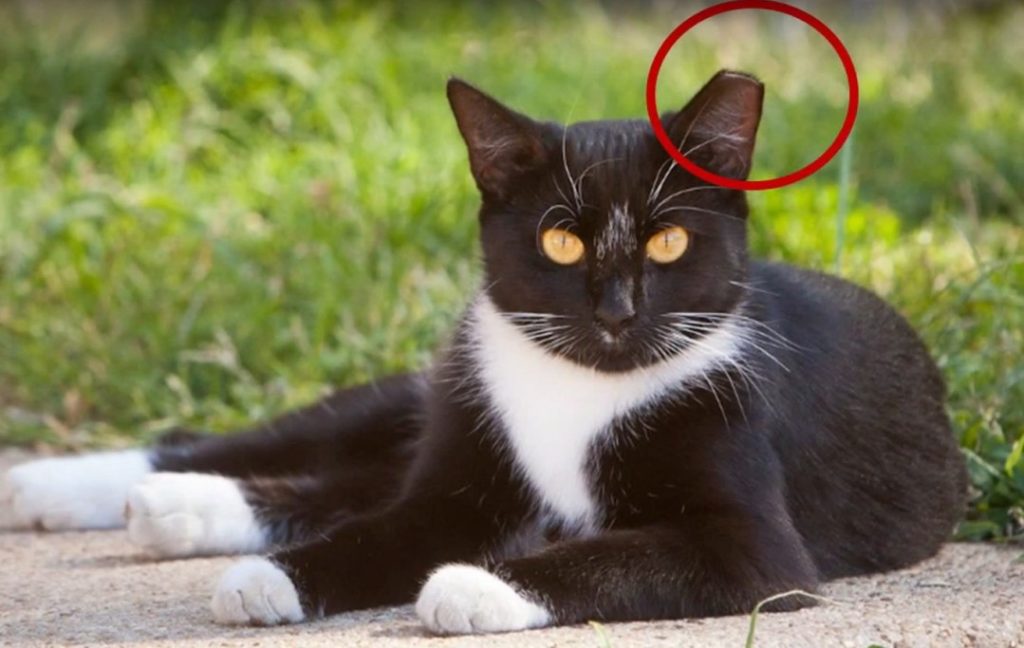
In most cases, cats being outdoors is nothing to be concerned about. Cats have always lived outdoors since the species Felis catus came into existence, and they always will, even while some cats live indoors with us.
Even though cats can be found by themselves outside, it doesn’t always mean that they need help from a human. First, it’s important to figure out if that meandering cat is lost or if it is part of a community.
Stray vs Community Cat
Stray:
Stray cats are animals who are socialized with humans and may or may not have an owner. They are typically found alone and will warm up to human contact with time and encouragement. A cat is likely to be stray if you’ve noticed that they recently appeared in the area and are seen roaming around houses. There is a chance they could be microchipped if they are missing from their family.
Community Cat:
Community Cats are cats that prefer to live in outdoor colonies in our neighborhoods with one or more colony managers who feed them. These cats may be feral and unsocialized to humans or the domestic environment, avoiding human contact. An easy way to identify a community cat is by checking their ear to see if it has been tipped, meaning they have been spayed/neutered by a veterinarian and returned to their colony.

What to watch for
The best way to figure out if that wandering feline needs your help is to observe its physical state, behavior, and habits.
Temperament:
A cat that is being cared for is likely to look happy and be outside napping, exploring, and possibly being social. On the other hand, a cat that may need some help could appear nervous, stressed, or ill.
Location:
A cat that is already someone’s pet will typically spend their time around a particular home while a homeless cat is more likely to appear in different places around the neighborhood and hide from human contact.
Appearance:
Cats that have a warm, dry home are more likely to be clean and well groomed. Dirty and matted fur, gunk in their eyes and nose, and marks on their face are all signs of a cat that has had a hard life and may need help.
How to Help
Ask the Community
Ask the neighbors in the neighborhood for more information on the cat(s) you have seen around. They may know which house the cat belongs to and are likely to share their knowledge if you’re trying to help the cat.
This cat needs my help. What do I do?
If you’ve determined that the cat needs help from a human, you can bring them into Longmont Humane Society if it is safe to do so. We provide them with a safe place to stay and daily care while our lost & found team works to reunite them with their family.
If the cat is injured or severely emaciated, take them to an emergency animal hospital immediately or you can call Animal Control in your area if you do not feel comfortable transporting the cat:
- Longmont Animal Control – 303-651-8500
- Boulder County Animal Control – 303-441-4444
- Weld County Animal Control – 970-356-4015 ext.2849
- Dacono Animal Control – 303-833-3095 ext.160
What if the cat won’t let me help them?
First, it’s important to figure out if the cat is a stray or feral. Stray cats are likely to warm up to you if you’re patient and provide them with food and water.
Feral cats have no desire to engage with humans and the best way to help them is by having them spayed or neutered and returned to their location. Contact Longmont Friends of Cats – a local Trap/Neuter/Release organization that assists with cat colonies in Longmont: https://longmontfriendsofcats.org/ .
Questions? Please call us! We want to help you help our community’s animals. 303-772-1232